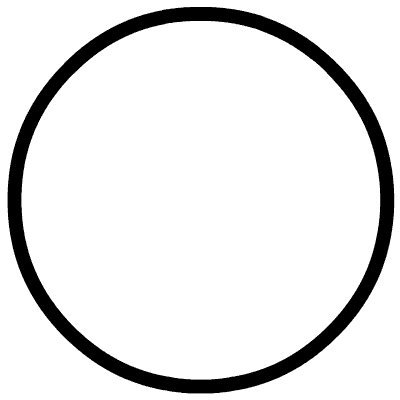try-catch-finally 和 return 是怎么执行的?
点击关注公众号,Java干货及时送达
来源:http://liangfei.me/
最近一直在看Java虚拟机规范,发现直接分析bytecode更能加深对Java语言的理解。
之前看过一篇关于 return 和 finally 执行顺序的文章,仅在 Java 的语言层面做了分析,其实我倒觉得直接看 bytecode 可能来的更清晰一点。
先看一个只有 try-finally,没有 catch 的例子。
try - finally
public class ExceptionTest {
public void tryFinally() {
try {
tryItOut();
} finally {
wrapItUp();
}
}
// auxiliary methods
public void tryItOut() { }
public void wrapItUp() {}
}
通过 javap -c ExceptionTest 来查看它的字节码。推荐:3种骚操作查看 Java 字节码。
public void tryFinally();
Code:
0: aload_0
1: invokevirtual #2 // Method tryItOut:()V
4: aload_0
5: invokevirtual #3 // Method wrapItUp:()V
8: goto 18
11: astore_1
12: aload_0
13: invokevirtual #3 // Method wrapItUp:()V
16: aload_1
17: athrow
18: return
Exception table:
from to target type
0 4 11 any
如果没有抛出异常,那么它的执行顺序为
0: aload_0
1: invokevirtual #2 // Method tryItOut:()V
4: aload_0
5: invokevirtual #3 // Method wrapItUp:()V
18: return
如果抛出了异常,JVM 会在
Exception table:
from to target type
0 4 11 any
中进行控制跳转。如果是位于0到4字节之间的命令抛出了任何类型(any type)的异常,会跳转到11字节处继续运行。
11: astore_1
12: aload_0
13: invokevirtual #3
16: aload_1
17: athrow
astore_1会把抛出的异常对象保存到local variable数组的第二个元素。下面两行指令用来调用成员方法wrapItUp。
12: aload_0
13: invokevirtual #3
最后通过
16: aload_1
17: athrow
重新抛出异常。
通过以上分析可以得出结论:
在try-finally中,try块中抛出的异常会首先保存在local variable中,然后执行finally块,执行完毕后重新抛出异常。
如果我们把代码修改一下,在try块中直接return。
try - return - finally
public void tryFinally() {
try {
tryItOut();
return;
} finally {
wrapItUp();
}
}
”反汇编“一下:
0: aload_0
1: invokevirtual #2 // Method tryItOut:()V
4: aload_0
5: invokevirtual #3 // Method wrapItUp:()V
8: return
9: astore_1
10: aload_0
11: invokevirtual #3 // Method wrapItUp:()V
14: aload_1
15: athrow
可以看出finally块的代码仍然被放到了return之前。
如果try块中有return statement,一定是finally中的代码先执行,然后return。
JVM规范是这么说的:
给上面的代码加一个catch块
public void tryCatchFinally() {
try {
tryItOut();
} catch (TestExc e) {
handleExc(e);
} finally {
wrapItUp();
}
}
javap一下
public void tryCatchFinally();
Code:
0: aload_0
1: invokevirtual #2
4: aload_0
5: invokevirtual #3
8: goto 31
11: astore_1
12: aload_0
13: aload_1
14: invokevirtual #5
17: aload_0
18: invokevirtual #3
21: goto 31
24: astore_2
25: aload_0
26: invokevirtual #3
29: aload_2
30: athrow
31: return
Exception table:
from to target type
0 4 11 Class TestExc
0 4 24 any
11 17 24 any
通过Exception table可以看出:
catch监听 0 ~ 4 字节类型为TextExc的异常。 finally为 0 ~ 4 以及 11 ~ 17 字节任何类型的异常。
也就说 catch block 本身也在 finally block 的管辖范围之内。
如果catch block 中有 return statement,那么也一定是在 finally block 之后执行。最后,关注公众号Java技术栈,在后台回复:面试,可以获取我整理的 Java 系列面试题和答案,非常齐全。

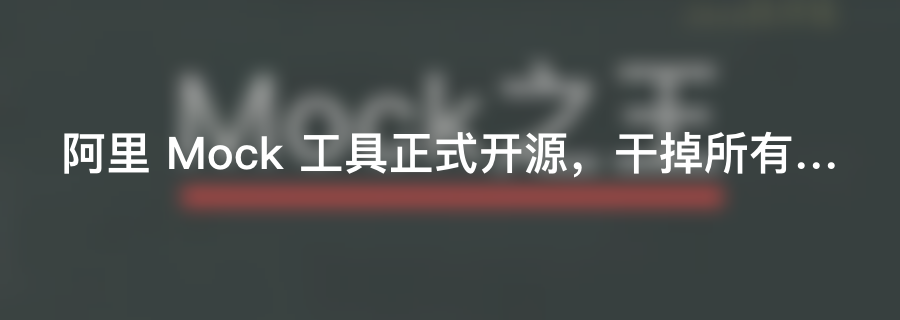
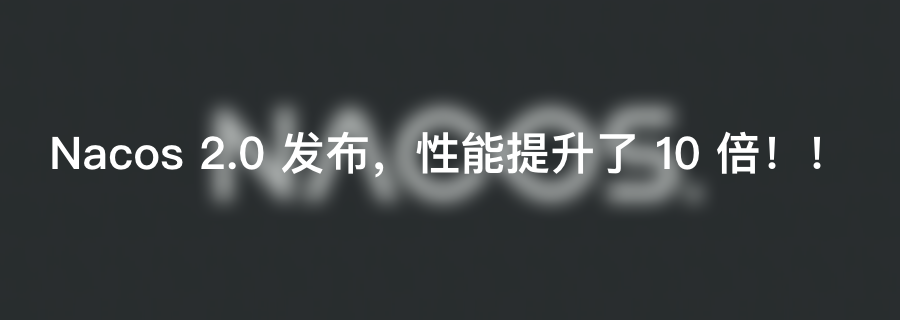
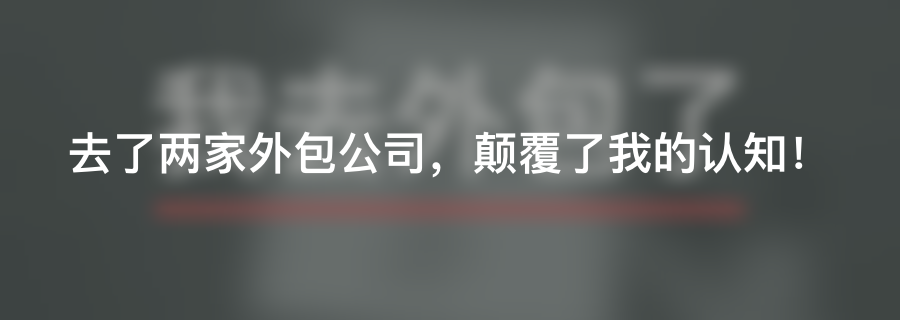
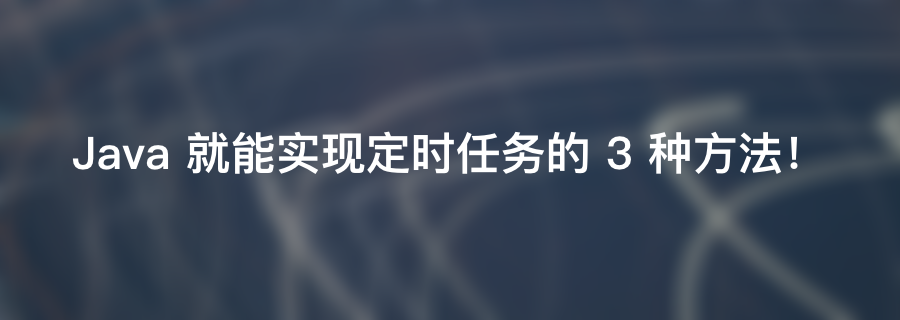

关注Java技术栈看更多干货
